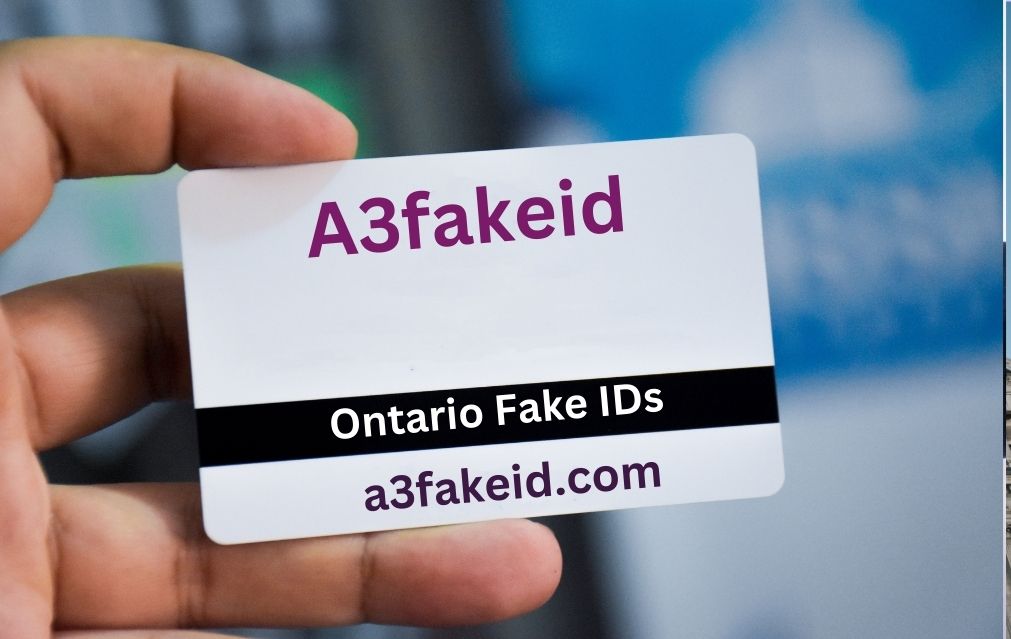Fake driver’s licenses, like other forms of counterfeit identification, are created to resemble genuine government-issued driver’s licenses. They share common features with authentic IDs but also exhibit key differences. Here’s how Fake Driver’s License typically differ from genuine ones:
- Quality and Authenticity:
- Authentic driver’s licenses are produced using sophisticated printing techniques, holograms, watermarks, and security features that are challenging to replicate.
- Fake driver’s licenses may lack these high-quality security features or employ lower-quality printing methods, making them easier to identify as counterfeit.
- Security Features:
- Genuine driver’s licenses often include security elements such as holographic overlays, UV ink, microprinting, and raised text or symbols.
- Fake driver’s licenses may lack or poorly replicate these security features, making them appear less detailed or genuine under close inspection.
- Design Accuracy:
- Authentic driver’s licenses adhere to specific design standards and incorporate official state or national emblems, fonts, and layouts.
- Fake driver’s licenses may exhibit design discrepancies, including variations in fonts, colors, or layouts that do not align with the official standards of the issuing authority.
- Information Accuracy:
- Genuine driver’s licenses feature accurate and consistent information, including the holder’s photograph, name, date of birth, and other personal details.
- Fake driver’s licenses may contain inaccuracies, misspellings, or discrepancies in the information presented.
- Tampering Signs:
- Genuine driver’s licenses are manufactured to resist tampering, with security features that make alterations evident.
- Fake driver’s licenses may exhibit signs of tampering or alterations, such as visible scratches, glue residue, or erasures.
- Physical Characteristics:
- Authentic driver’s licenses are typically made of durable, tamper-resistant materials that withstand everyday wear and tear.
- Fake driver’s licenses may be made from less durable materials that show signs of wear, fading, or deterioration over time.
- State or Country-Specific Elements:
- Driver’s licenses vary by state or country, with unique design elements, colors, and information placement.
- Fake driver’s licenses may incorrectly replicate elements specific to a different state or country, making them stand out as inauthentic to someone familiar with the genuine IDs from that region.
- Barcodes and Magnetic Stripes:
- Genuine driver’s licenses often contain barcodes, magnetic stripes, or RFID chips that store encoded information.
- Fake driver’s licenses may lack functional or accurate encoding, which can be detected by scanning devices.
- Legal Status:
- Authentic driver’s licenses are government-issued documents that confer legal driving privileges.
- Fake driver’s licenses are unauthorized, counterfeit documents and do not grant legal driving privileges.
It’s important to note that the quality of fake driver’s licenses can vary significantly, and some counterfeit IDs may closely resemble authentic ones at a casual glance. However, trained professionals and security personnel are typically trained to identify these differences and use specialized equipment to detect counterfeit IDs. Engaging in illegal activities involving fake driver’s licenses, such as using them for age-restricted purchases or attempting to deceive law enforcement, carries serious legal consequences.
For more information visit a3fakeid






